


















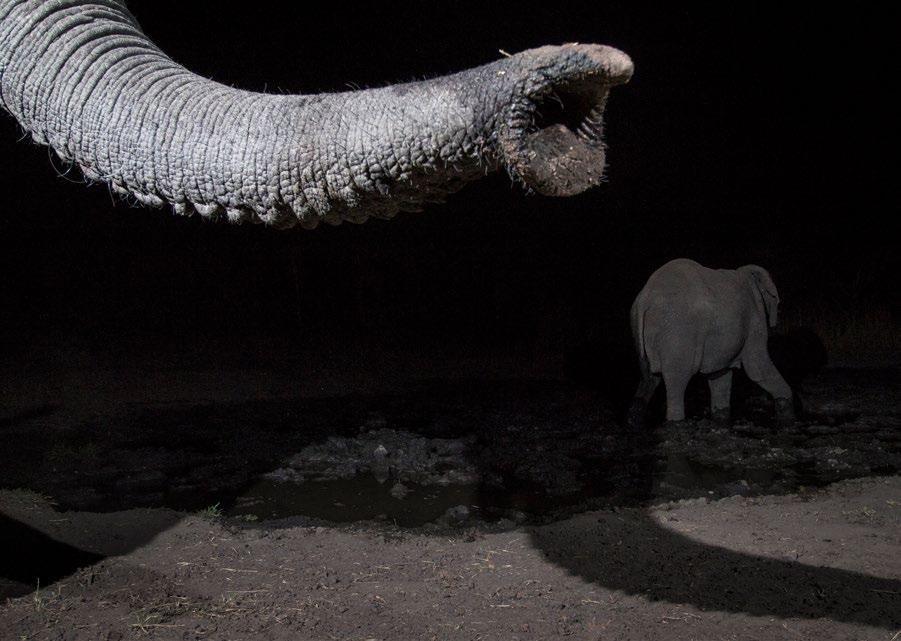
During the decade from 2008 to 2018, at least 20,000 African elephants were slaughtered each year for their tusks, mainly to supply markets in Asia. Savannah elephant numbers fell by 30% in just a decade from 2006 and 2016, while forest elephant populations have declined by 80% in the last 30 years.
As well as pushing elephants toward extinction, the ivory trade fuels corruption, jeopardizes national security and borders, harms ecosystems and biodiversity, and undermines opportunities for sustainable development.

Growing prosperity in China and neighbouring countries has brought increasing demand for ivory, which is often perceived as a luxury status symbol. Although international commercial trade in ivory was banned in 1989, domestic markets continued to flourish, enabling traffickers to launder poached African ivory and stimulating further consumer demand.
Following years of public campaigning and high-level advocacy by WWF and others, China announced a complete ban on elephant ivory sales from the end of 2017, with other Asian countries also strengthening laws to restrict domestic trade in elephant ivory over the past decade.
Without proper enforcement and efforts to reduce demand for ivory, black market sales in China and neighbouring countries would continue to flourish, and the elephant killing would go on.
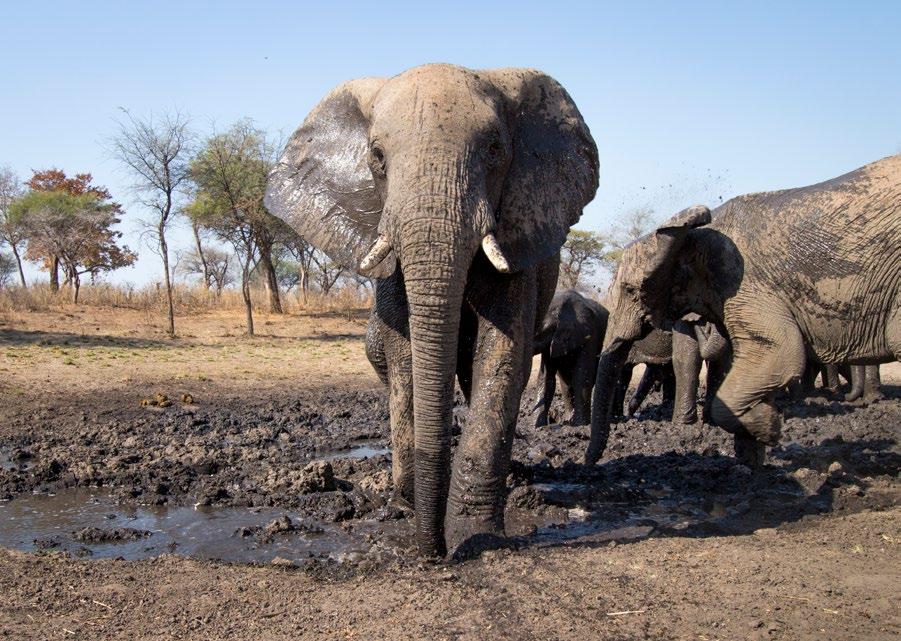
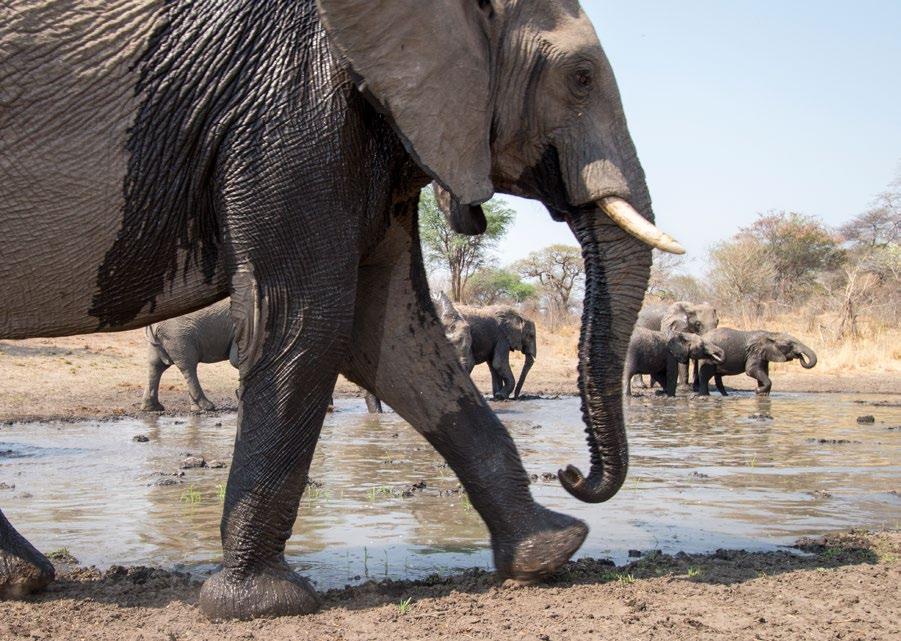

To seize the opportunity offered by the ivory ban, WWF launched a global initiative to close ivory markets in Asia and reduce the demand for ivory among Chinese consumers. The initiative involved two tightly linked and mutually reinforcing approaches, focusing on reducing consumer demand and on policy engagement to strengthen laws and law enforcement.
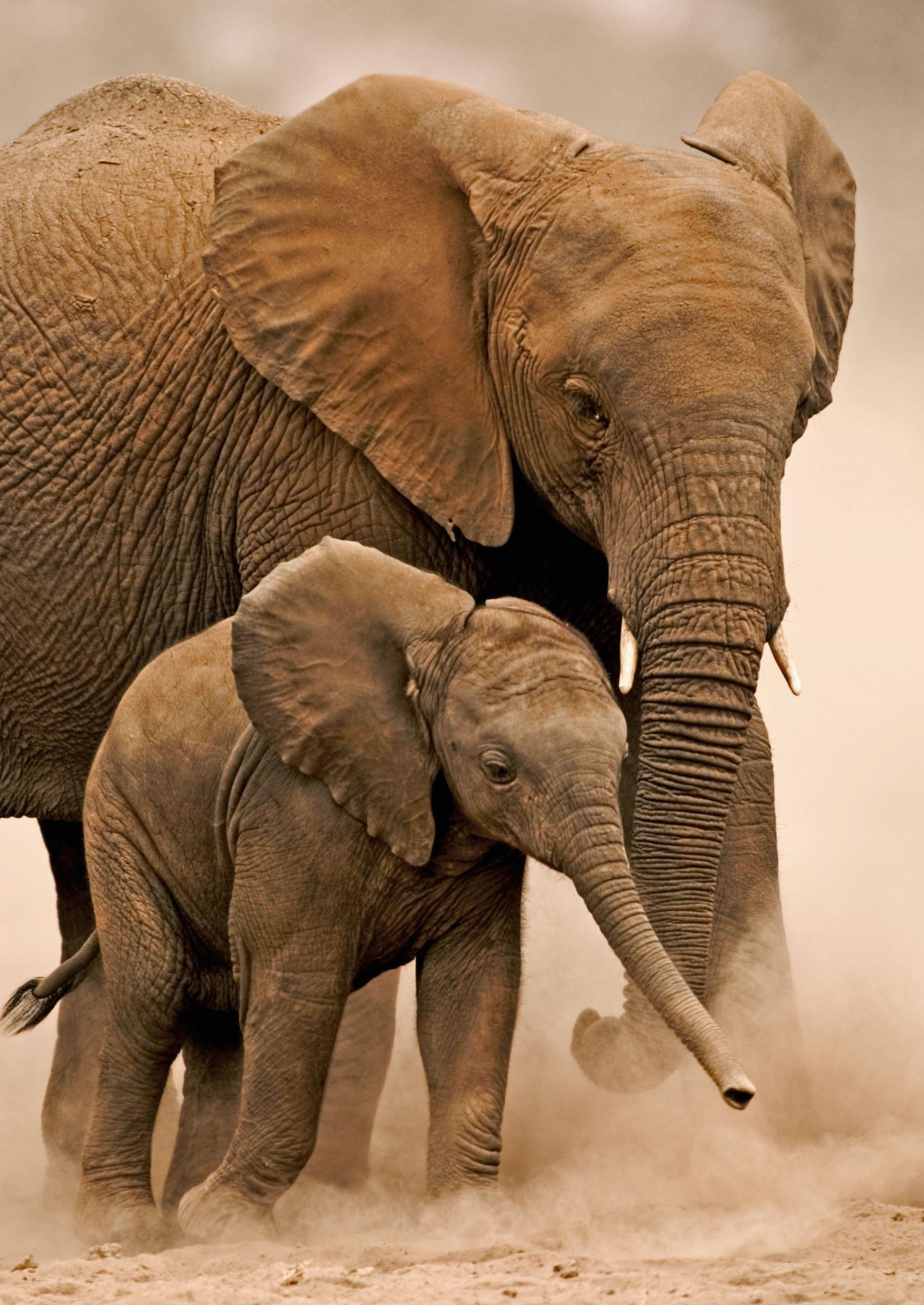
The closure of the world’s largest legal ivory market was considered a game changer that might help to reverse the decline of wild elephant populations in Africa – but its success was by no means guaranteed.
WWF’s Ivory Initiative came to a close on 30 June 2022. Best practices and the experience gained will be applied to support the demand reduction efforts of WWF offices and the Asia-Pacific Counter-Illegal Wildlife Trade Hub, which coordinates WWF’s work on tackling illegal wildlife trade in the region.


Closure of all legal elephant ivory markets in Asia in Mainland China (2017), Taiwan PoC (2020), Hong Kong SAR (2021), Singapore (2021) in Cambodia, Laos, Myanmar, Viet Nam
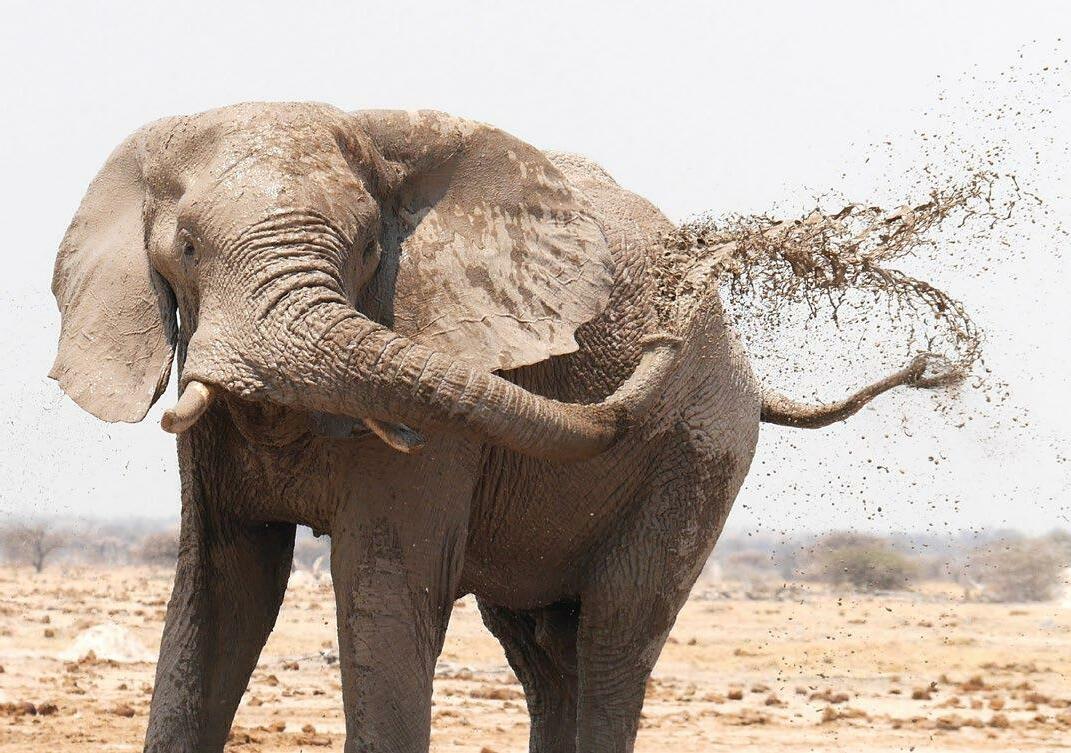
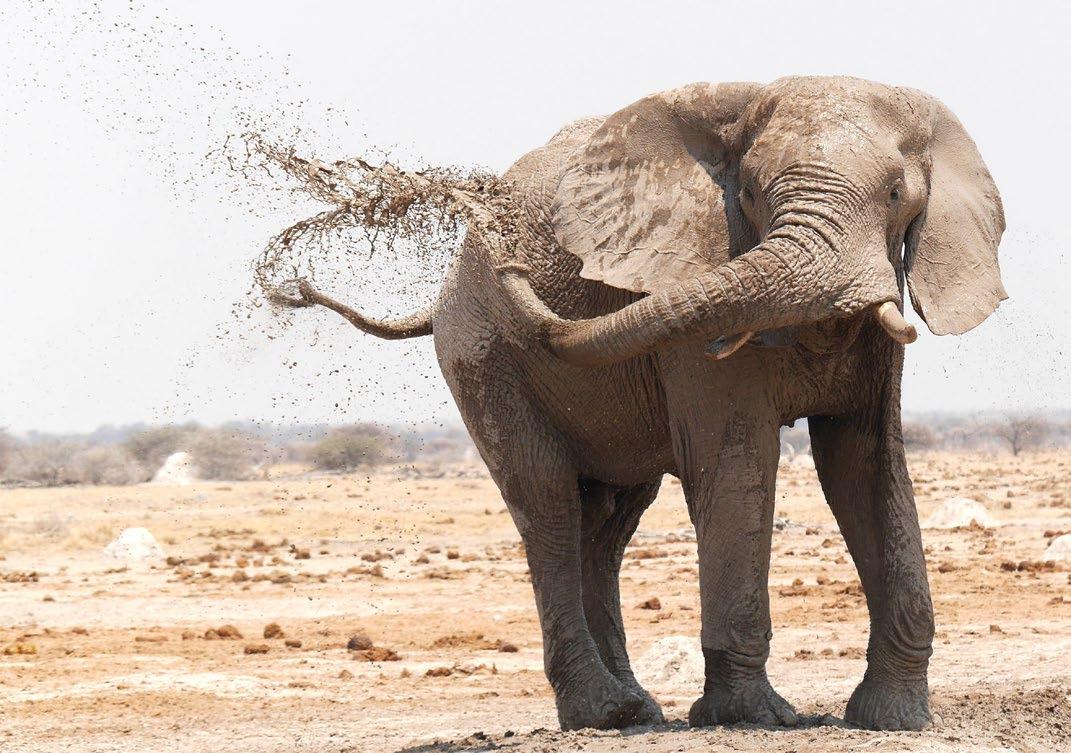
Regulated markets still exist, however, for domestic sales in Thailand and Japan
WWF and TRAFFIC conducted physical and online market surveys to measure the reduction in ivory availability in China – the indicators we used were the number of physical outlets selling ivory per market surveyed in China, and the number of new adverts for ivory products on Chinese online platforms, against baselines set in 2017.
We engaged GlobeScan, an independent research agency, to establish a baseline in 2017 of Chinese consumer attitudes before and after the ban. Annual surveys were used to measure change for five consecutive years.

The effort to secure China’s ivory ban took a sustained global effort among many partners. Likewise, WWF’s Ivory Initiative was an extraordinary collective effort, involving collaboration and coordination with many partners within and outside the WWF network.

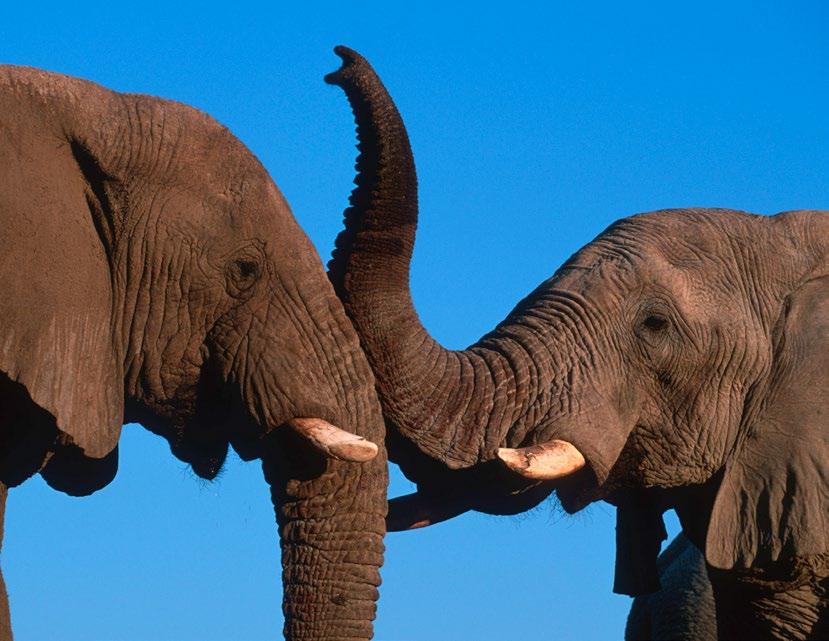
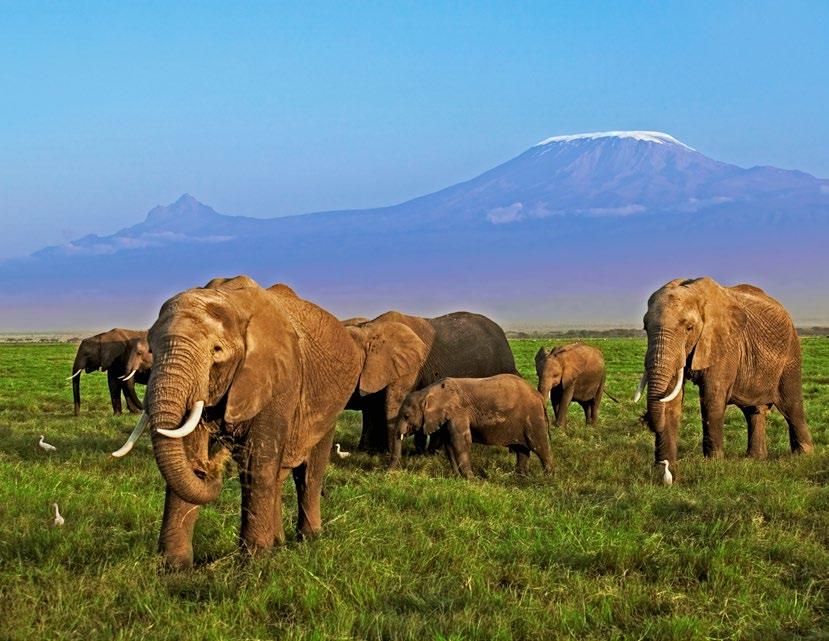

WWF’s Wildlife and Markets Practices and WWF-China jointly led the initiative. Work on the ground was mainly carried out by WWF-China and the five country offices that form the WWF-Greater Mekong programme: Cambodia, Laos, Myanmar, Thailand and Viet Nam. We also coordinated with WWF offices in Hong Kong SAR, Japan and Singapore. Other offices in the WWF network, including our International and Asia-Pacific regional offices, the UK, Germany, the US, the Netherlands and Finland, provided vital resources and capacity.
We collaborated closely with other NGOs, including TRAFFIC, Save the Elephants and the Wildlife Justice Commission (WJC), who conducted analysis of trends and changes in the global illegal ivory trade. Other key NGO partners were the Environmental Investigation Agency (EIA), WildAid, International Fund for Animal Welfare (IFAW), National Geographic, and the Wildlife Conservation Society (WCS). Many other groups also worked toward the same goals of shutting down the rampant trafficking and sales of ivory from Africa to Asia.
We worked with a number of private sector partners to tackle ivory supply and demand. Members of the Coalition to End Wildlife Trafficking Online took action to monitor and remove ivory advertisements. The Sustainable Travel Alliance, launched in 2020, aims to tackle illegal wildlife trade, as well as reduce plastic and food waste in the tourism sector. And 14 logistics companies pledged to prevent deliveries of ivory and other illegal wildlife products.
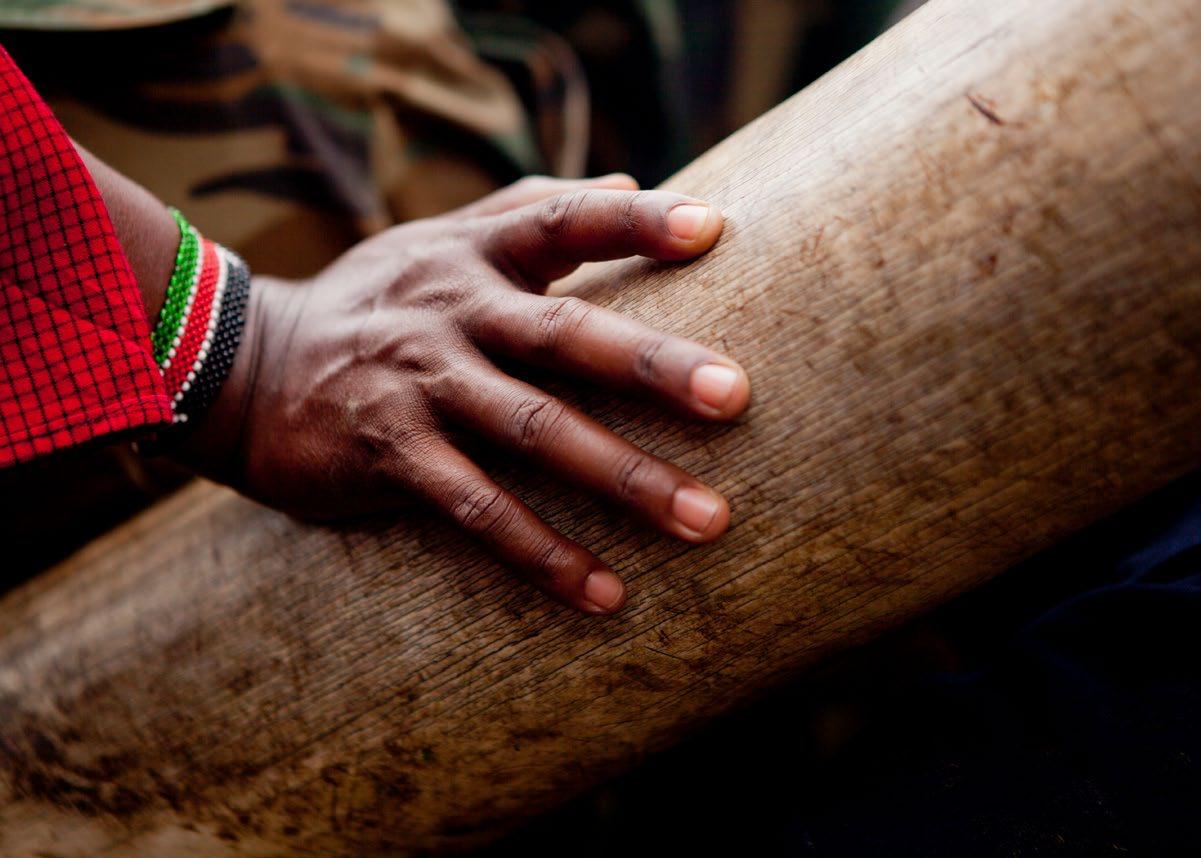

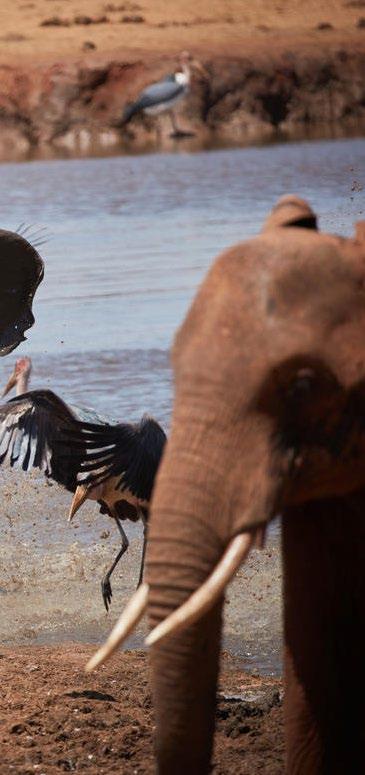
We also received vital support from public sector donors and partners to strengthen policy engagement, enforcement capacity and demand reduction efforts: the German Federal Ministry for Economic Cooperation and Development (BMZ), the Deutsche Gesellschaft für Internationale Zusammenarbeit (GIZ), the UK government Department for Environment, Food and Rural Affairs (Defra), the Philanthropia Foundation and the US Department of State’s Bureau of International Narcotics and Law Enforcement Affairs (INL).
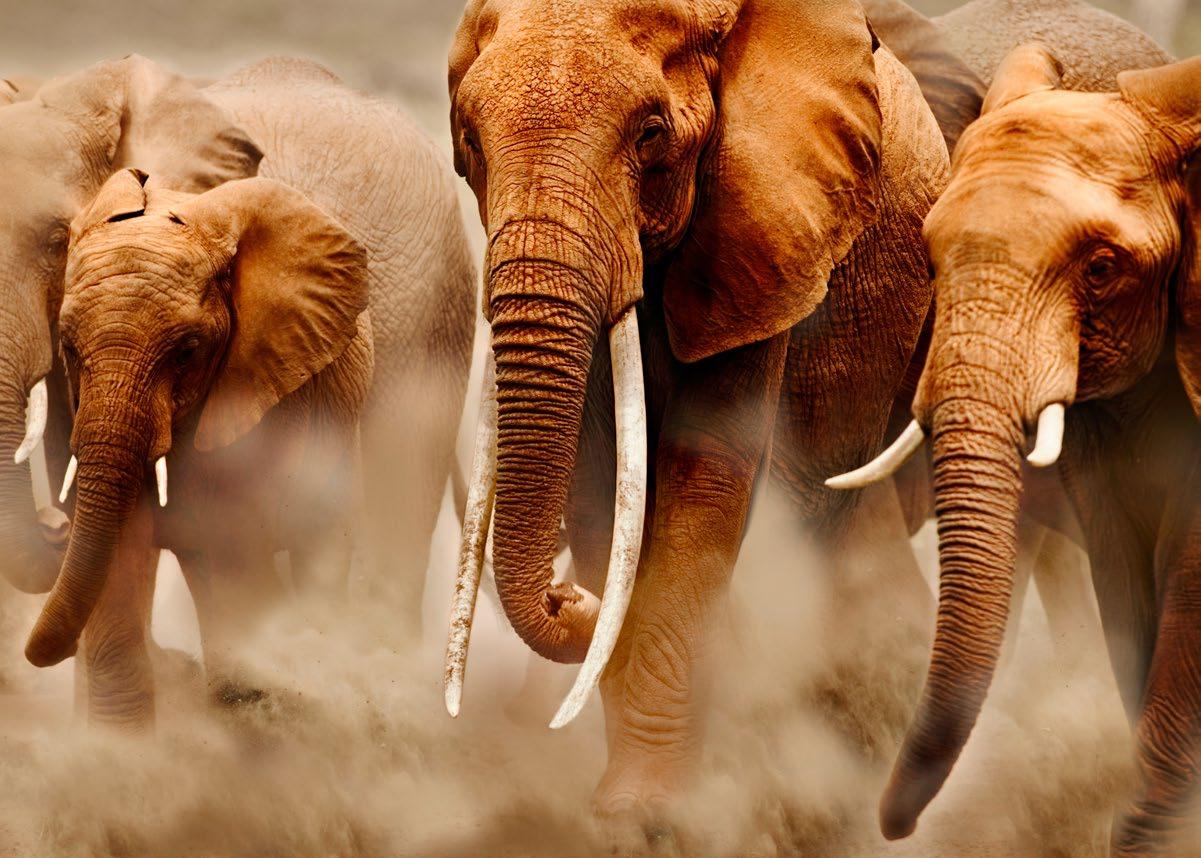 © Martin Harvey / WWF
© Martin Harvey / WWF




During the lifetime of the initiative, not only did mainland China ban sales of elephant ivory, but other major markets like Hong Kong SAR, Taiwan PoC and Singapore also put bans in place.
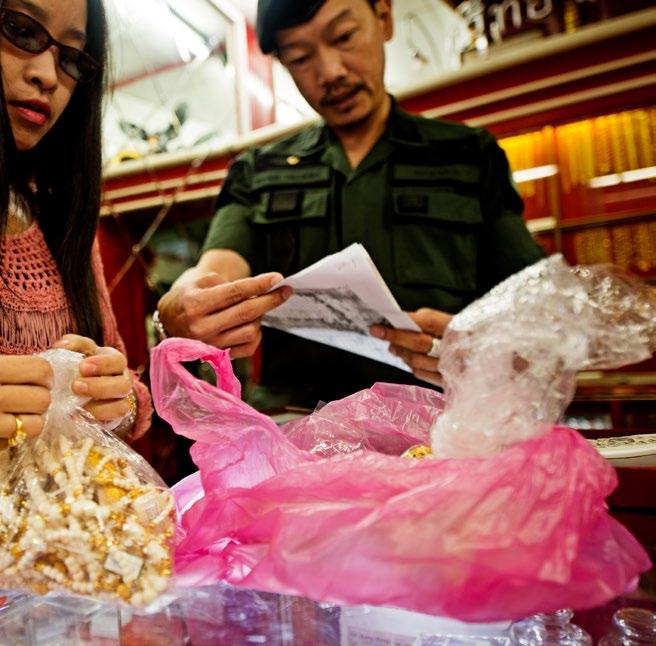
Laos strengthened its political resolve to implement existing laws and the Convention on International Trade in Endangered Species of Wild Fauna and Flora (CITES) in 2018; Myanmar revised its wildlife protection law, which prohibits the possession and sale of elephant ivory in 2018; Thailand enacted the updated Wildlife Conservation and Protection Act B.E. 2562 in late 2019 to strengthen the penalties associated with wildlife crime; in 2017 Viet Nam updated its penal code to introduce stronger punishments for wildlife crime offences; and in 2018 Cambodia included African elephants as protected species, which implicitly prohibited the possession and sale of elephant ivory.
Only two countries still have legal markets: in Thailand, ivory from captive Asian elephants harvested through a registration system can still be sold domestically, while Japan allows domestic sales of ivory with a permit. We’ve kept up our policy advocacy to try to prevent traffickers from exploiting these legal loopholes. In Japan, individual outlets such as Yahoo Japan have taken voluntary action to ban ivory sales on their platforms.
 All photos on this spread © WWF / James Morgan
All photos on this spread © WWF / James Morgan
When the initiative was launched, weak enforcement in many of the Greater Mekong countries meant black market ivory was readily available, particularly in border areas and tourist centres. As a result, there was a real risk that Chinese consumers could circumvent the ban by buying ivory from neighbouring countries. As well as advocating for stronger legislation, we worked with government authorities, prosecutors, customs officials and other enforcement agencies to build capacity and strengthen enforcement in China and the Greater Mekong countries. Some of the progress in the last five years has included successful prosecutions of major ivory cases in Laos and Viet Nam, as well as significant seizures of ivory at ports in Malaysia, Singapore and Viet Nam.
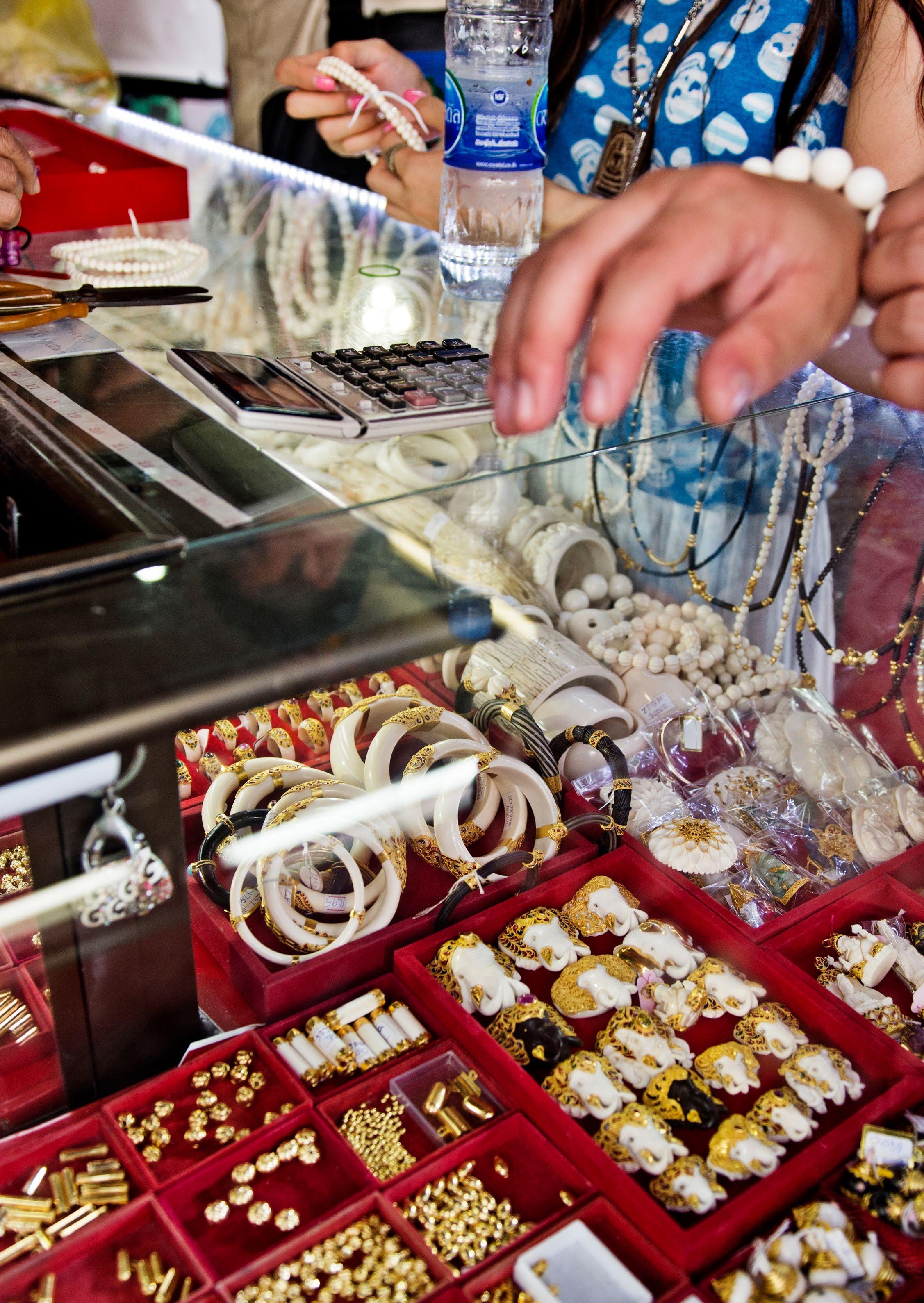
During the last decade, we have seen a trend of increased illegal sales of various wildlife products online, including elephant ivory.
To counter this, we’ve worked with the Coalition to End Wildlife Trafficking Online, launched by WWF, IFAW, TRAFFIC and 21 tech companies in 2018. The coalition now has 47 member companies, including leading e-commerce, search engine and social media platforms such as Alibaba, Baidu, Tencent, Facebook, Instagram, TikTok, Google, Microsoft and eBay. These companies have taken action to monitor and remove over 11 million adverts for ivory and other illegal wildlife products on their sites.



While anti-poaching efforts and policy engagement are vital parts of WWF’s work, the key to ending the slaughter of Africa’s elephants is to stop the demand for ivory. Although the elephant ivory ban was passed in China, the ban alone would not be effective if the demand for ivory were to persist. And despite the challenges we have faced – with some government partners reluctant to recognize the importance of continuing demand reduction efforts post-ban – the Ivory Initiative was committed to adapting its strategy in China to deliver targeted messaging.
The Ivory Initiative’s biggest success came from focusing on reducing demand among Chinese consumers, the main demographic driving illegal ivory trade. To crack a complex problem like this, we knew it wasn’t enough simply to raise awareness of the ban and the plight of African elephants: instead, we pursued an innovative and targeted behaviour change approach. Ultimately, our goal was to create a new social norm where buying elephant ivory products is socially unacceptable.
 All photos on this spread © WWF / James Morgan
All photos on this spread © WWF / James Morgan
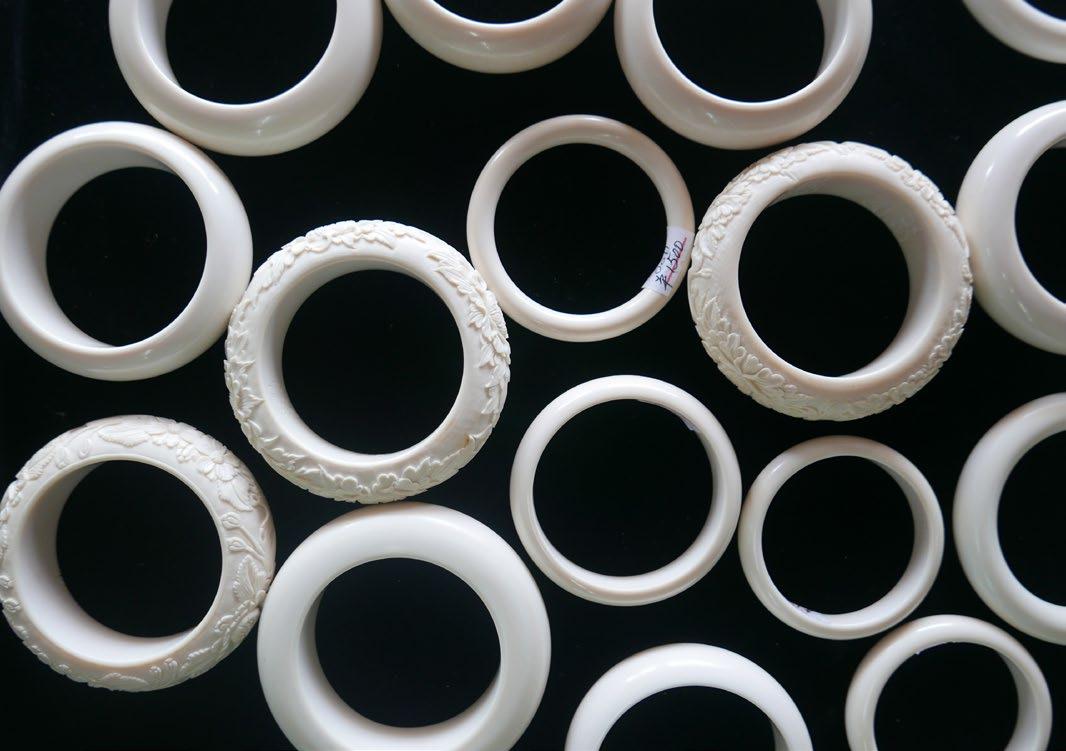
To support this, we commissioned GlobeScan to carry out research into the attitudes of Chinese consumers shortly before the ban in 2017. This survey has been repeated every year since, providing valuable insights into changes in behaviour and perceptions. It’s also helped us evaluate the effectiveness of campaign messages.
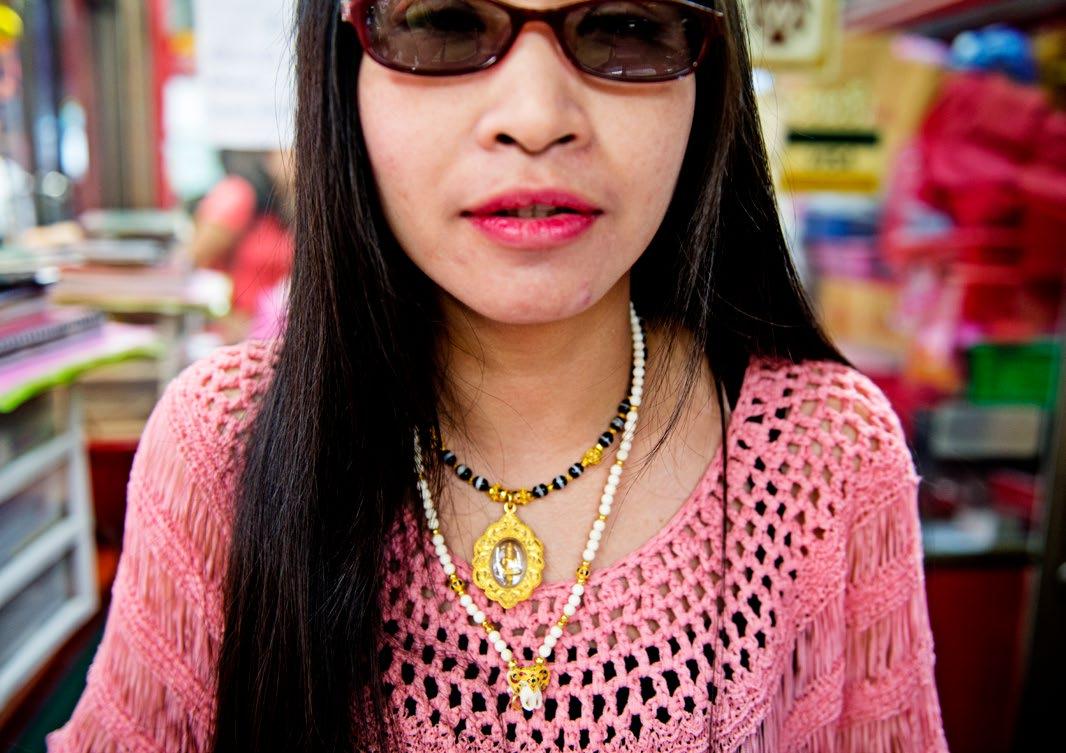
GlobeScan’s original research in 2017 showed that 50% of surveyed Chinese citizens had no intention of buying ivory (“Rejectors”), while a further 31% said they wouldn’t when reminded it was illegal (“Ban-influenced citizens”). But this still meant almost one in five were “Diehard buyers”. The research also identified regular overseas travellers as one of the groups mostly likely to purchase ivory. We designed behaviour change strategies specifically targeting these key segments.
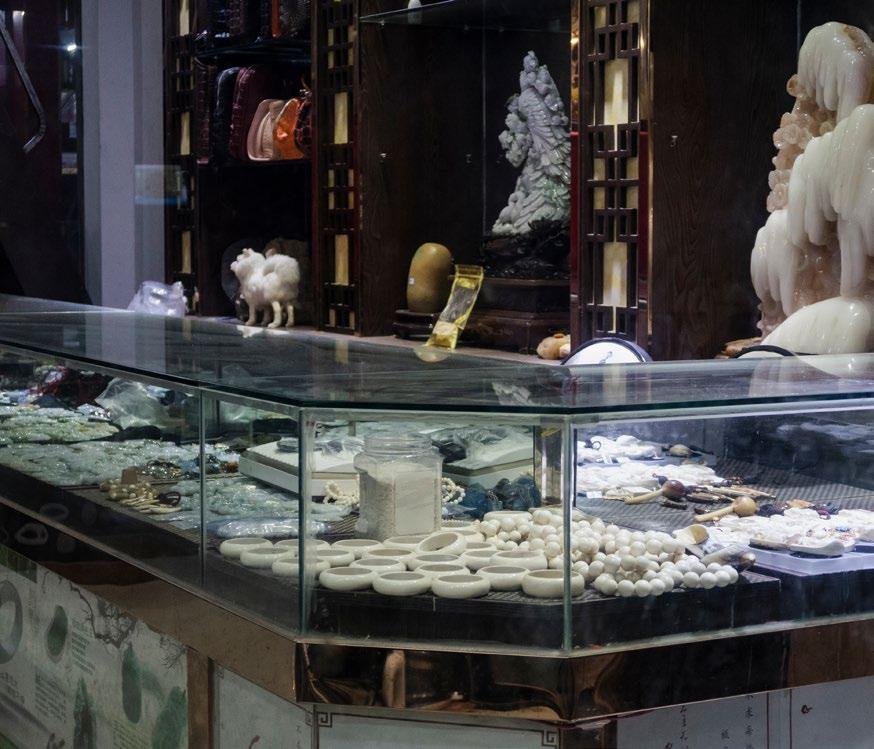
In 2020, just 8% of surveyed citizens still insisted they would continue to buy ivory in the future regardless of the ban, though this bounced back to 11% in 2021. Almost three-quarters (73%) reject ivory and fully support the ban – the highest-ever level, and a clear indication that social attitudes toward ivory in China are changing.

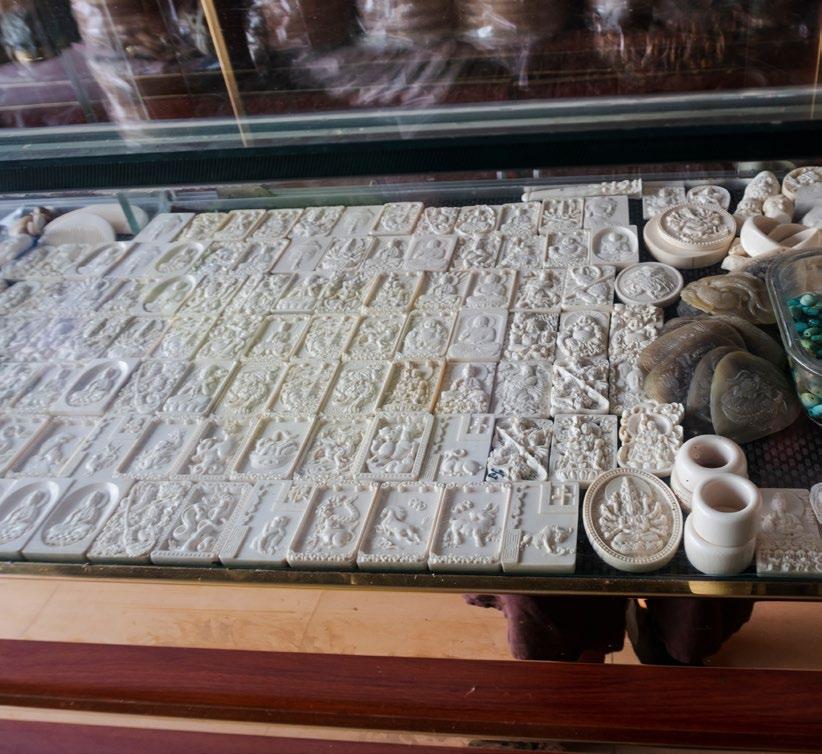
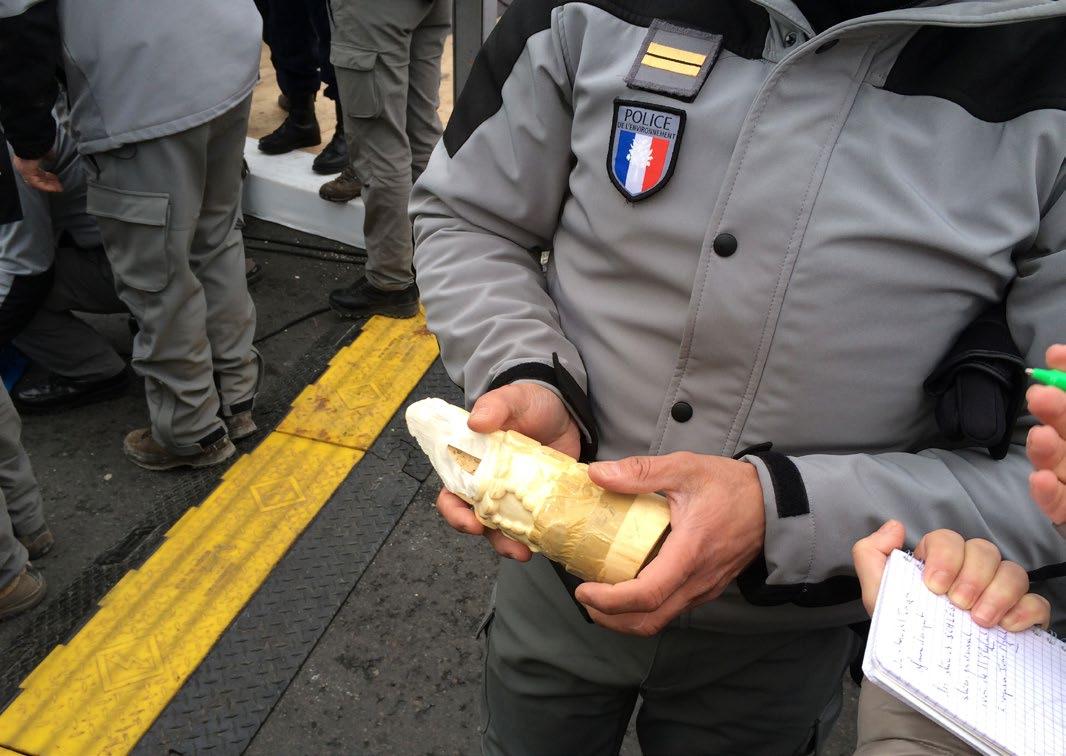

When comparing the GlobeScan survey results before and after the ban, we saw a clear drop in intention to purchase ivory in the future among all demographics except one: regular outbound travellers. Changing the attitudes and behaviour of this group became a key focus of our demand reduction work with our #TravelIvoryFree campaign.

A growing number of Chinese citizens travel abroad every year. Thailand, where ivory sales are still legal, is the most popular destination: preCovid, over 10 million Chinese tourists visited the country each year. Many travellers also bought ivory legally in Japan and (before 2020) Hong Kong SAR, as well as from illegal sources in Cambodia, Laos, Myanmar and Viet Nam.
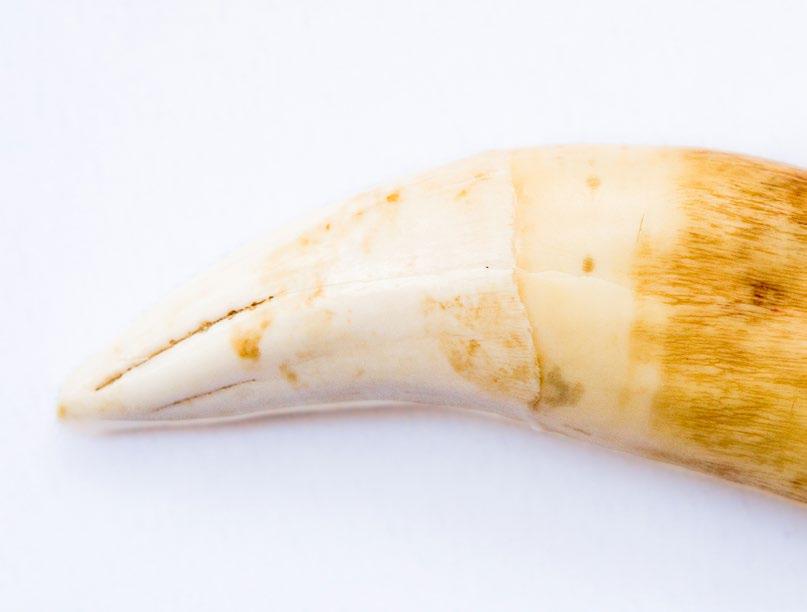

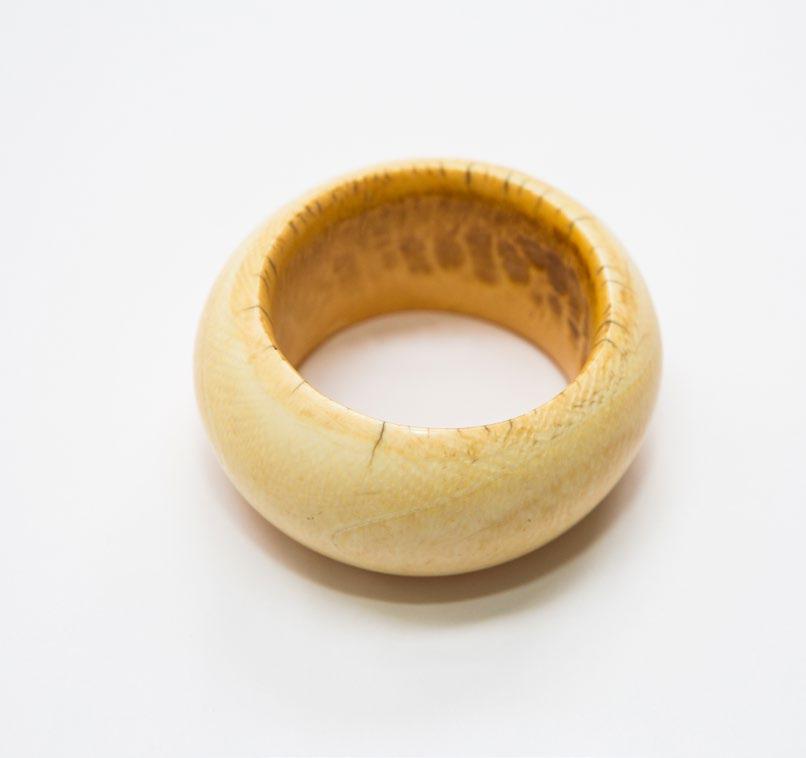

Working again with GlobeScan, we conducted a survey of 3,000 Chinese consumers who had travelled to these destinations in the last two years. This research found that more than one in ten travellers (11%) had planned to buy ivory before making their trip, and 6.8% actually did so – most often as a gift. Typical buyers were younger (aged 25-34) women with high incomes and levels of education. The survey also found that more than a fifth of travellers (22%) had been invited to visit an ivory retailer, usually by local tour guides or staff at tourist information centres.

We worked closely with tech companies including Chinese social media giants Weibo and WeChat. These companies have developed sophisticated precision targeting techniques to reach specific audiences, when and where it’s most effective. Our campaign was one of the first times their tools were applied on this scale in support of conservation.
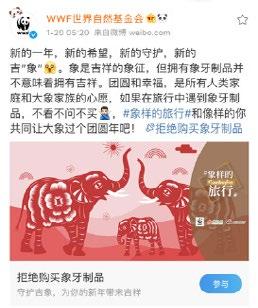
Using geolocated outreach, we were able to show digital ads to social media users when they were near target locations while travelling abroad, including airports, tourist attractions and key shopping destinations like jewellery shops and markets. Others saw ads when they searched for certain keywords, interacted with particular hashtags or followed the accounts of influencers supporting our campaign, like Chinese actor Zhu Yilong and actress Li Bingbing.
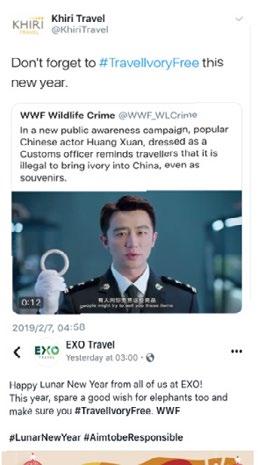
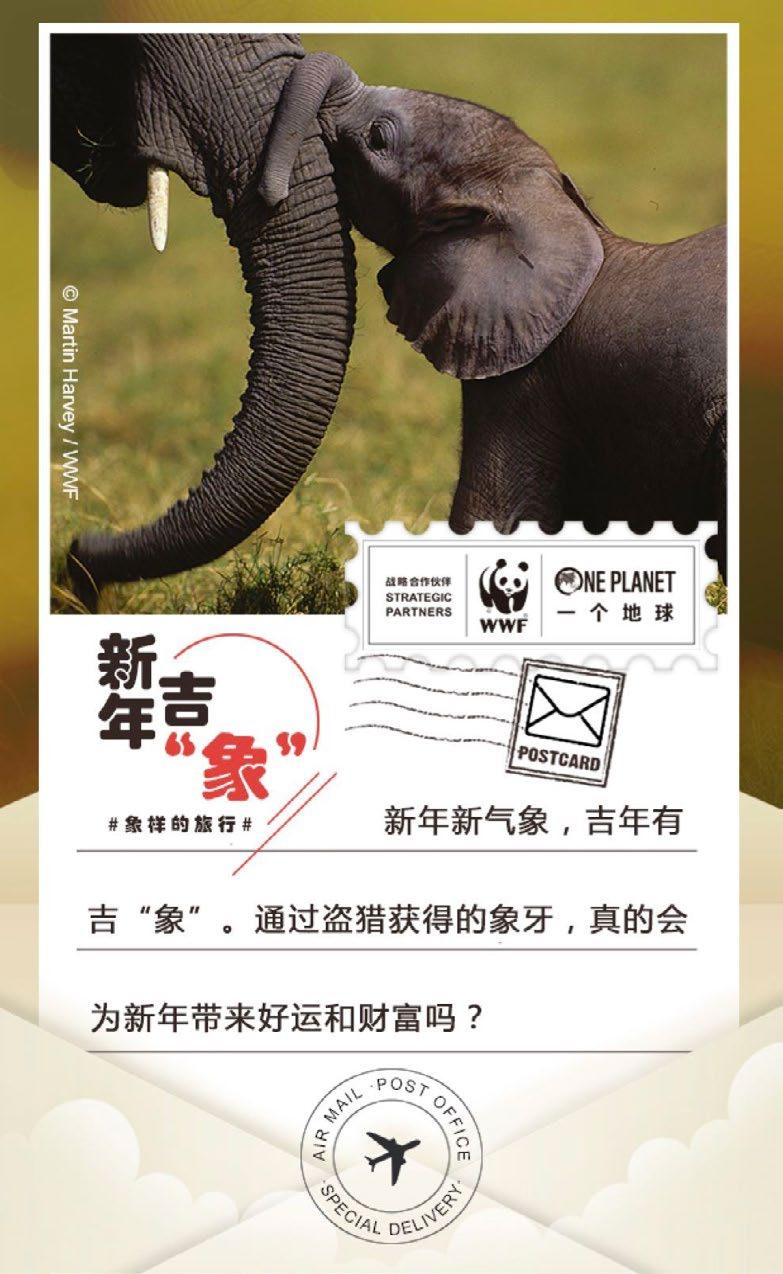


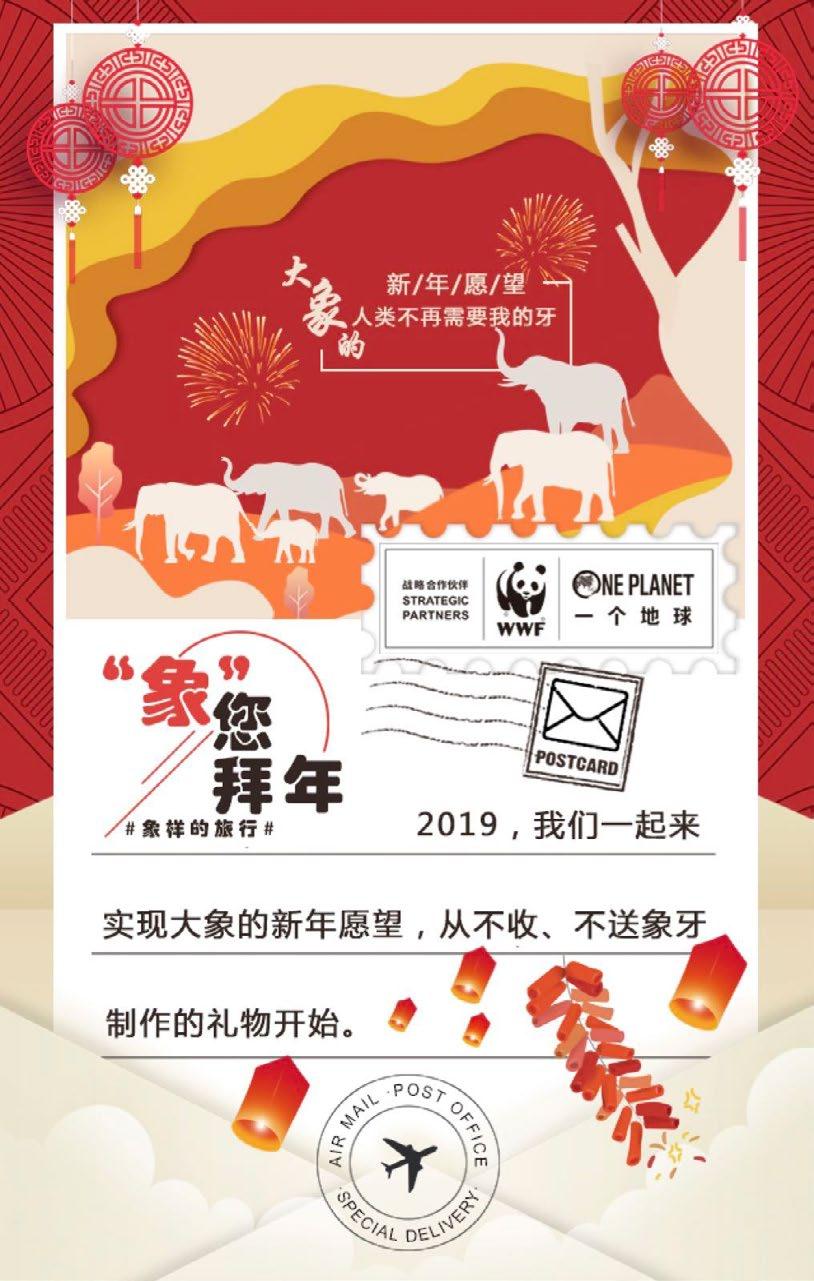
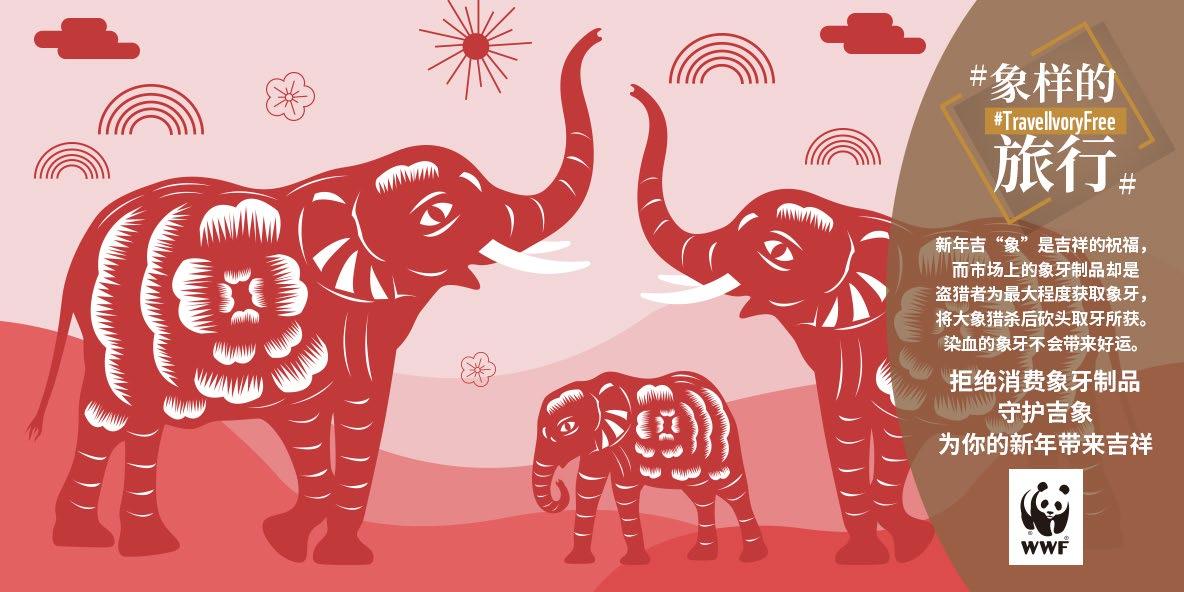
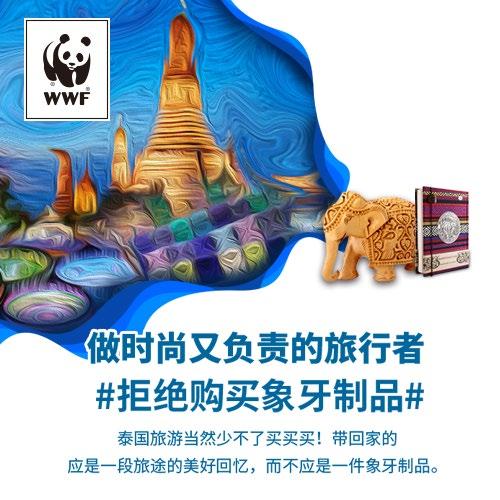
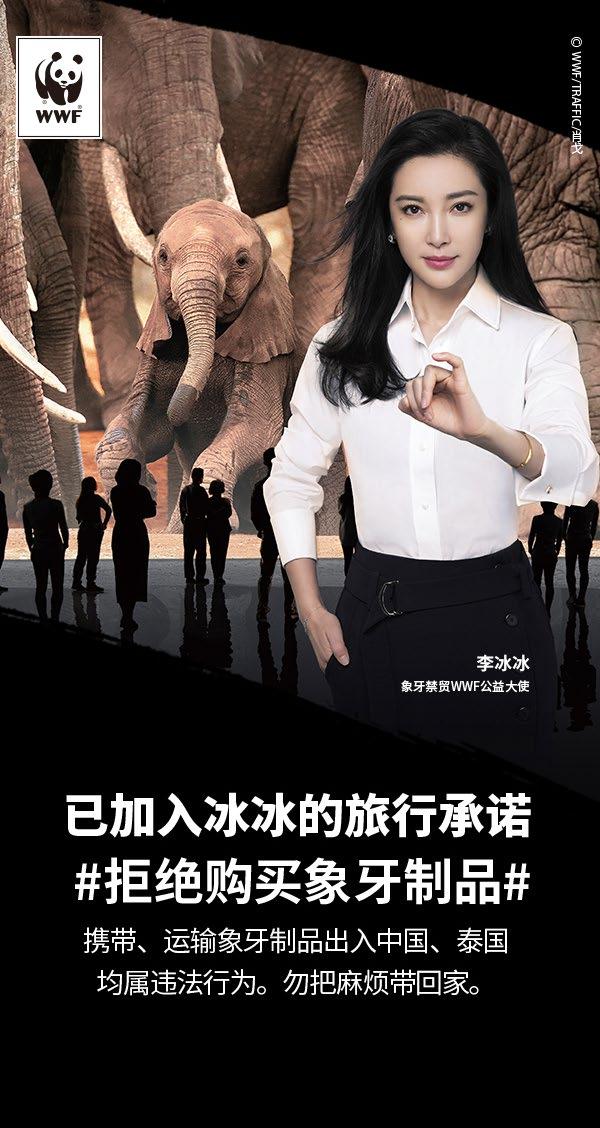
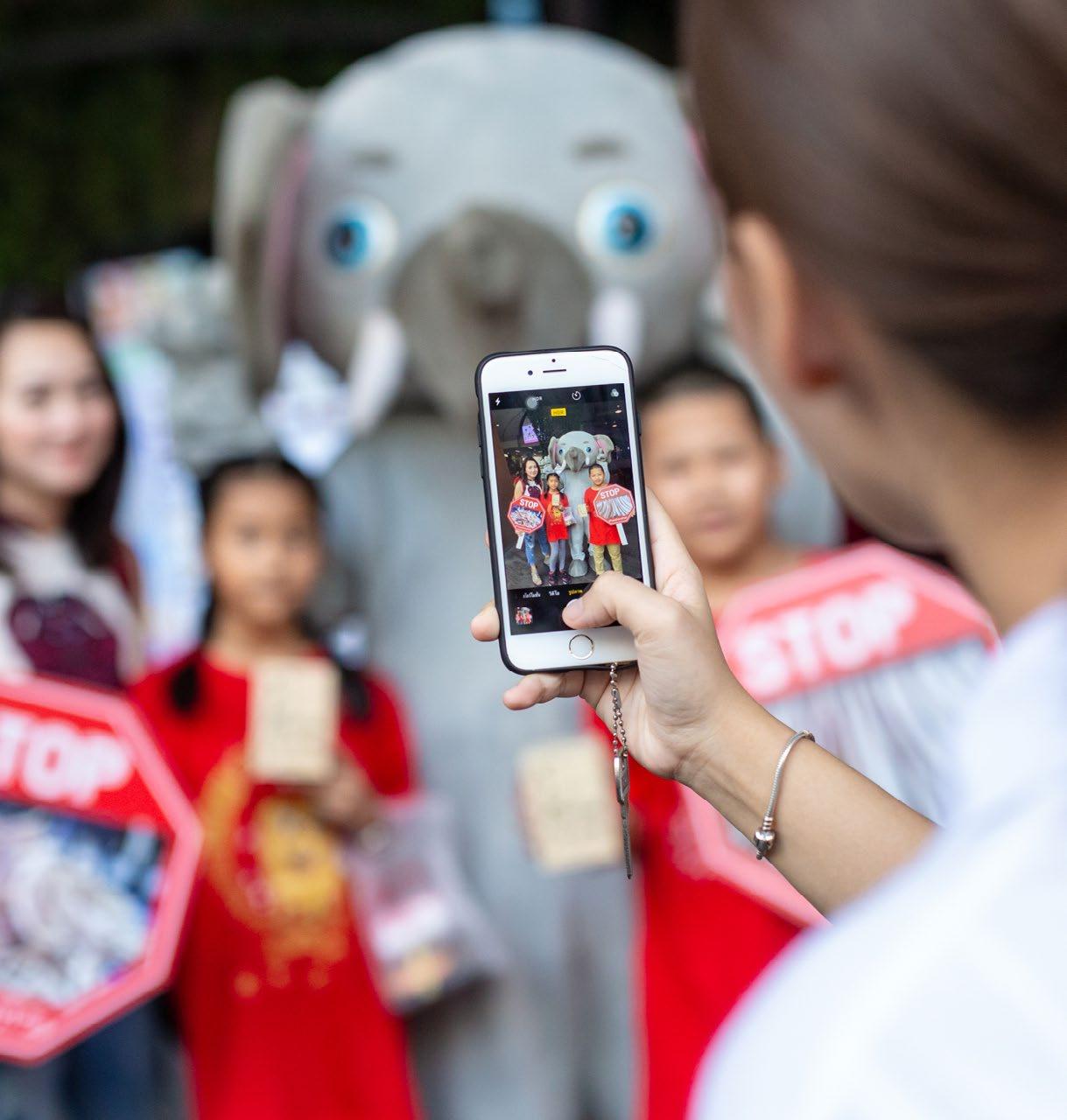
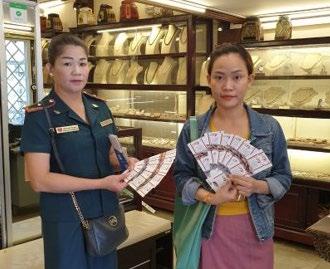
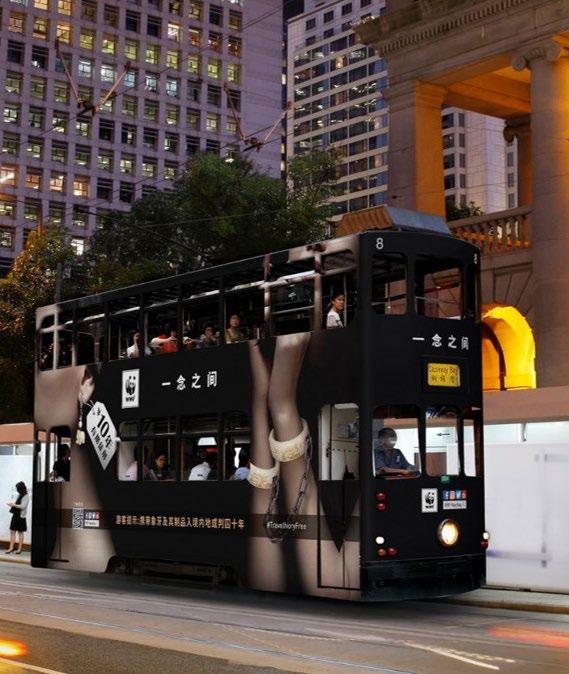
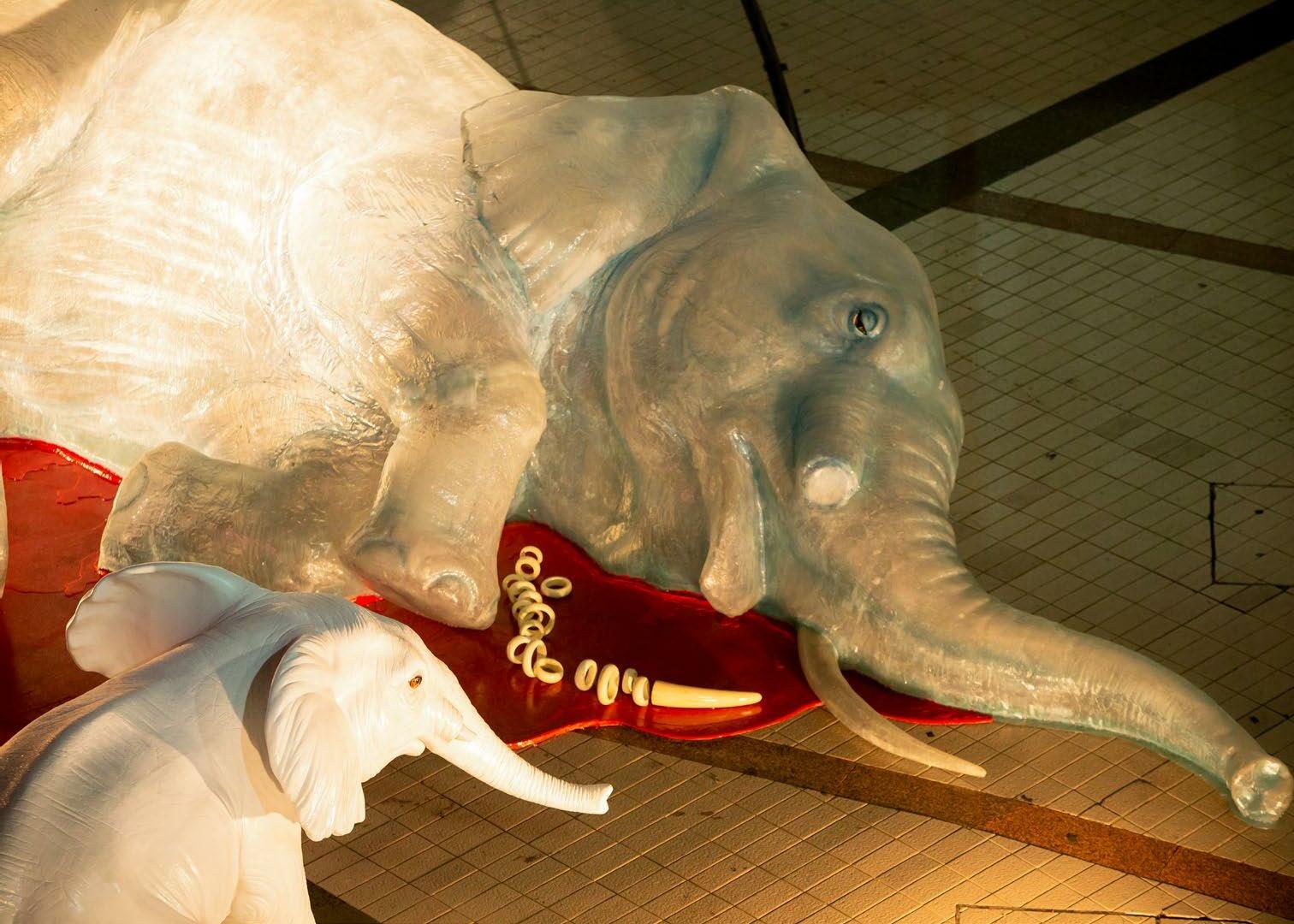
In Thailand, we worked with award-winning artist Wasinburee Supanichvoraparch to create a lifesize sculpture of a poached African elephant with her calf to raise awareness of the impact of the ivory trade. WWF country offices ran a series of events, including public engagement activities, educational workshops with tour guides and press conferences.
We also partnered with various tourism companies and associations to promote the #TravelIvoryFree message – which led to the launch, in 2020, of the Sustainable Travel Alliance, initiated by WWF-China and the Global Sustainable Tourism Council in cooperation with leading players in the travel and tourism industry.
 Complementing our digital campaign, we also ran adverts in airports, in-flight magazines, hotels, tourist attractions and local souvenir markets in Thailand, Laos, Myanmar, Japan and China.
Complementing our digital campaign, we also ran adverts in airports, in-flight magazines, hotels, tourist attractions and local souvenir markets in Thailand, Laos, Myanmar, Japan and China.

number of times our precision-targeted content was seen by the target audience over three years.
total impressions after resharing by the target audience.
In 2021, self-reported purchases of ivory among Chinese consumers were lower than ever at less than half the pre-ban level. And among regular overseas travellers, the proportion who intend to buy ivory in the future fell from a high of 58% in 2018 to 43% in 2021 (the lowest level post-ban).


Of course, this is still too high a percentage, and we’re continuing with behaviour change campaigns using big data and carefully tailored communication materials to target diehard buyers. In 2020, we launched a video on WeChat featuring Chinese cultural icon Ma Weidu, explaining why there is no space for ivory in his celebrated antique collection and museums. The video reached 22 million WeChat users in 2020. In the current phase of the campaign, we’re continuing to target diehard Chinese buyers. With support from the Philanthropia Foundation, we’re engaging with the travel and tourism sector in Cambodia, Thailand and Viet Nam to shift them from being enablers of the ivory trade to agents of positive change. And with additional funding from GIZ over the next three years, we’ll continue to conduct demand reduction work with regular outbound travellers when they are in destination countries.
number of people who made the online pledge to travel ivory free.
In 2019 #TravelIvoryFree campaign was given an honourable mention in the Social Media Campaign category of PR Daily’s Digital Marketing & Social Media Awards. In 2020, WWF launched the SAVE NATURE PLEASE framework to help apply behavioural science to conservation, and this is now being embedded in various corporate partnerships and an internal capacity-building initiative, SWITCH!
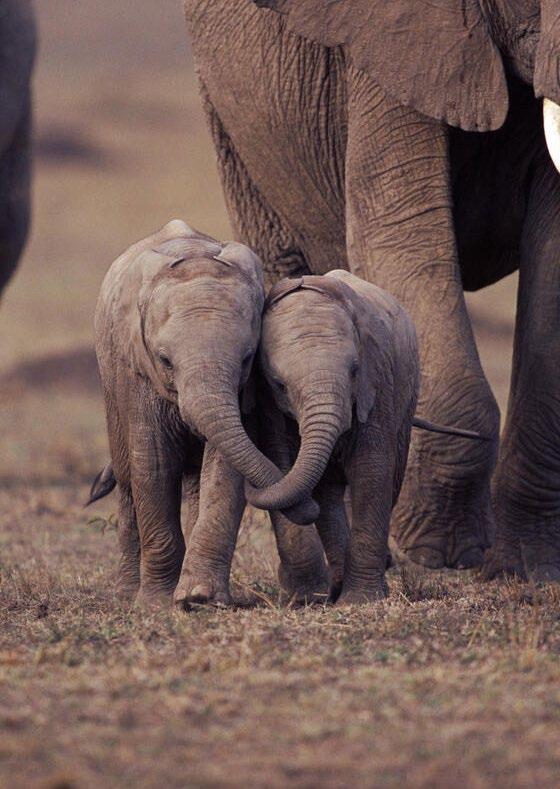


WWF is proud of the role the Ivory Initiative has played in closing markets and reducing demand for elephant ivory in Southeast Asia.
It exceeded its targets in reducing the availability of ivory in physical and online marketplaces in China. All the target countries except Thailand have banned ivory sales, and enforcement has been improved. Demand has significantly reduced, with the proportion of Chinese consumers saying they intend to buy ivory in the future falling by almost half.
Most importantly, we believe the closure of the world’s largest ivory market, improved enforcement and weakening consumer demand have helped to reduce the killing of elephants in Africa.
The best available evidence suggests that poaching levels, though still too high, are declining, with the estimated Proportion of Illegally Killed Elephants (PIKE) in Africa in 2021 at its lowest level since 2003. WWF’s Ivory Initiative was part of a huge collective drive along the illegal elephant ivory value chain by NGOs, governments, businesses and other partners that has helped achieve this – but there can be no let-up in our efforts to end the illegal trade in elephant ivory and other wildlife products.
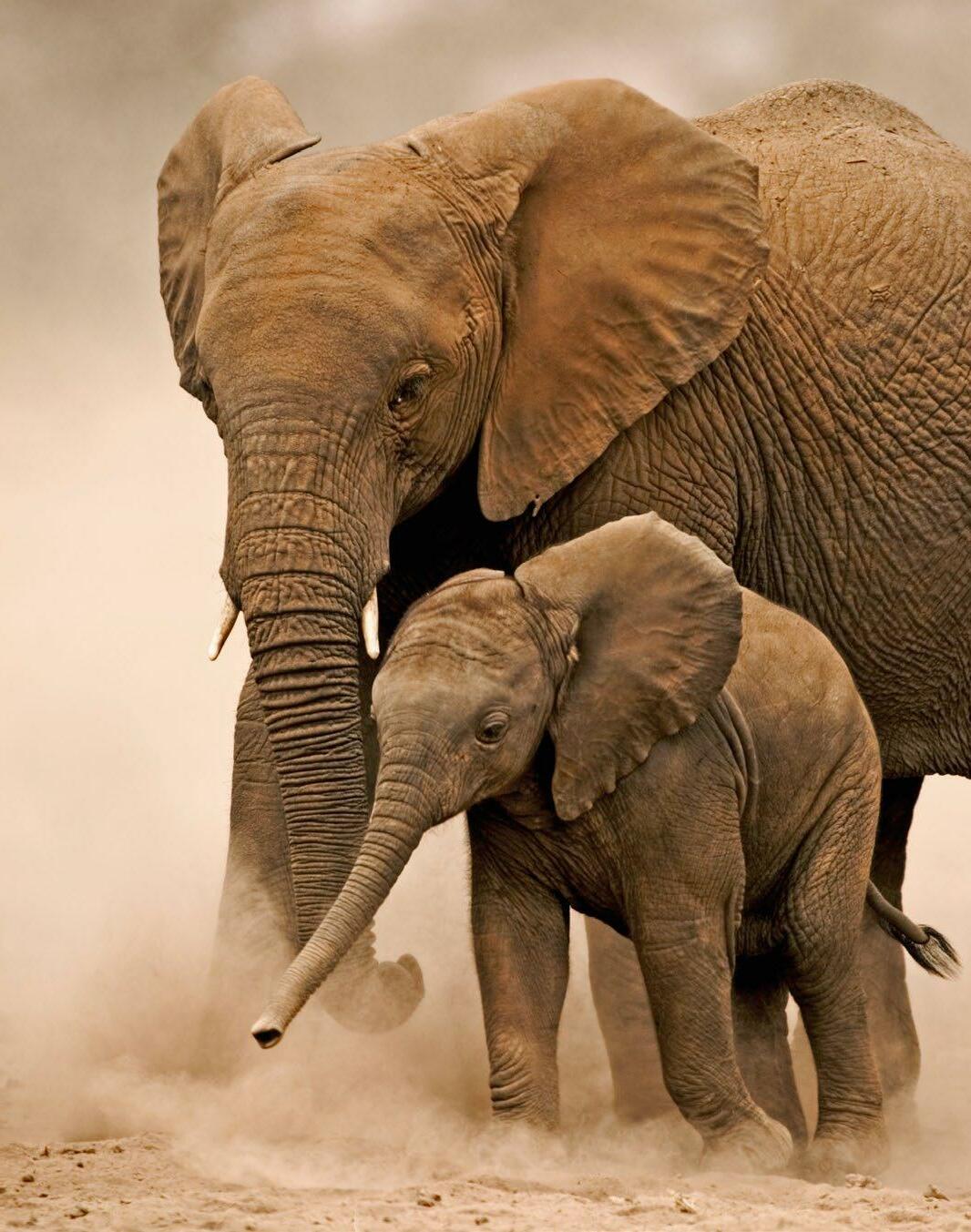

It drew on WWF’s expertise in policy advocacy and law enforcement, but also introduced innovative demand reduction work that was new to much of the conservation community. This was the first time the WWF network engaged in evidence-based behaviour change strategies on such a scale, and this is now embedded in the organization’s work. The GlobeScan research is the largest and longest-running survey on ivory consumption, and provides valuable insights into the attitudes and behaviours of Chinese consumers. And this was one of the first uses of precision targeting and geolocated social media messaging for a non-commercial, social marketing effort.
A third-party evaluation commissioned by WWF identified the Ivory Initiative as an innovative project with the right priorities and scope that achieved its objectives to a high degree. It pioneered new tools and techniques that are now being adopted across the WWF network and more broadly in conservation.
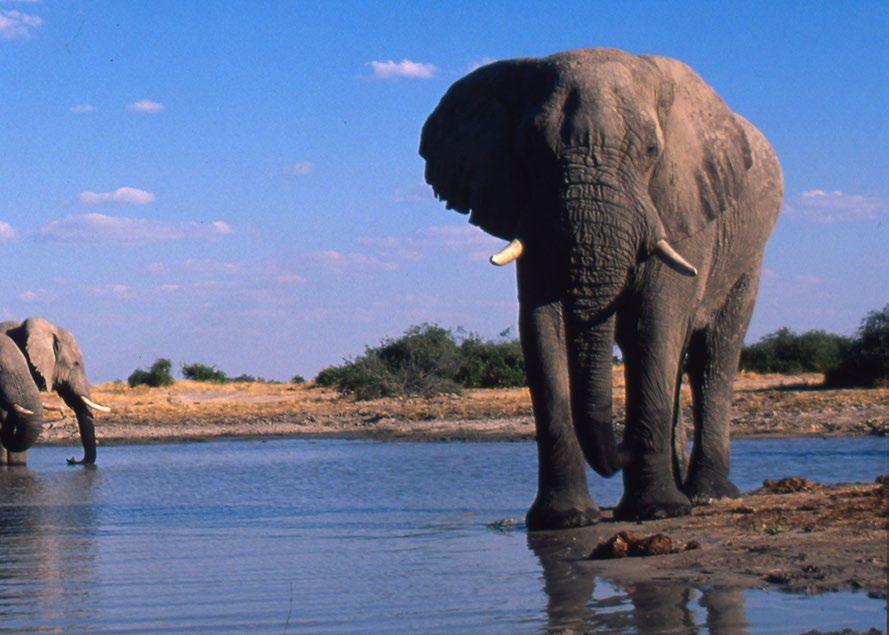
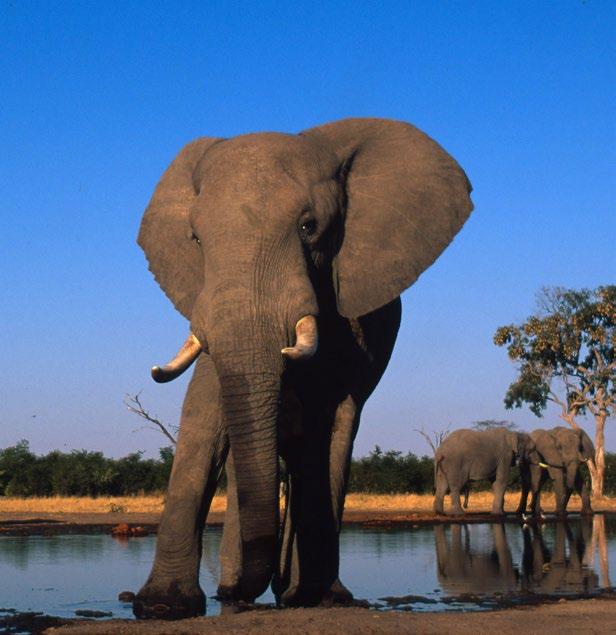
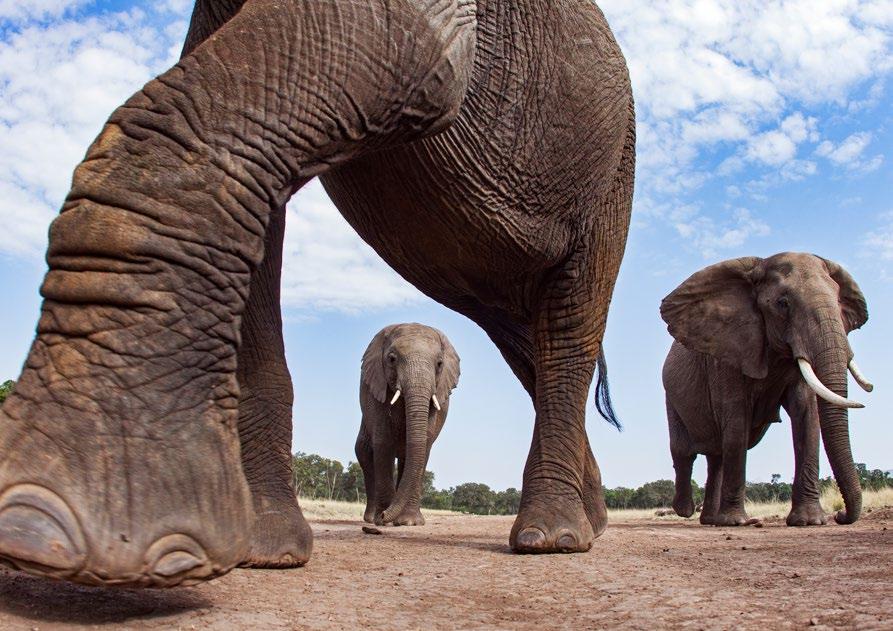
The demand reduction results showed that consumer behaviour change can be a successful approach in the conservation sector. But it requires long-term, consistent engagement, rather than one-off campaigns.
The Ivory Initiative mobilized WWF’s global network and collaborated with external partners toward a common goal. It drew on the different skills and expertise of our Wildlife and Markets teams, and leveraged the resources and capacities of the WWF network, from donor offices to teams on the ground – all of which demanded effective coordination. Collaboration with partner organizations was also crucial, and underlines the importance of investing in these relationships.
Advocacy requires dedicated capacity. Despite the progress we have made, this could have been strengthened to improve the political will of countries to promote the strong enforcement of existing and new bans, and to close extant legal loopholes.
Concrete indicators and diverse data sources make for better monitoring
The Ivory Initiative consistently studied and monitored data from multiple sources to better understand changes in the ivory market in China and Greater Mekong region, illegal trade routes, and ivory consumer and traveller attitudes and behaviour. However, objectives could have been clearer and measurable from the beginning, making the consistent data captured in annual reports more meaningful towards monitoring and visualizing progress.
An important indirect outcome of the Ivory Initiative has been the creation of new capacity in WWF’s national offices to conduct demand reduction work, to understand behaviour change approaches and to support strong enforcement. Funding to maintain these positions and keep this expertise within the network is key to building on the legacy of the Ivory Initiative.
One urgent issue is to ensure that the post-pandemic recovery of the tourism sector doesn’t lead to a resurgence in ivory trade. While COVID-19 made project implementation challenging, the sharp decline in travel also meant less trade in ivory.
WWF’s Ivory Initiative came to a close on 30 June 2022. Best practices and the experience gained will be applied to support the demand reduction efforts of WWF offices and the Asia-Pacific Counter-Illegal Wildlife Trade Hub, which coordinates WWF’s work on tackling illegal wildlife trade in the region. This will sustain the progress and achievements of the Ivory Initiative, while integrating experience and lessons learnt in demand reduction, behaviour change and precision marketing campaigns into the Hub’s broader work.
Interested in learning more about the Ivory Initiative?
Please contact Eileen Hang at thang@wwfchina.org
Interested in learning more about the demand reduction and behaviour change work?
Please contact Anny Liang at Anny.Liang@wwfus.org
Want to support WWF’s continued efforts to close the ivory markets in Asia?
Please contact wildlife@wwf.org.hk

